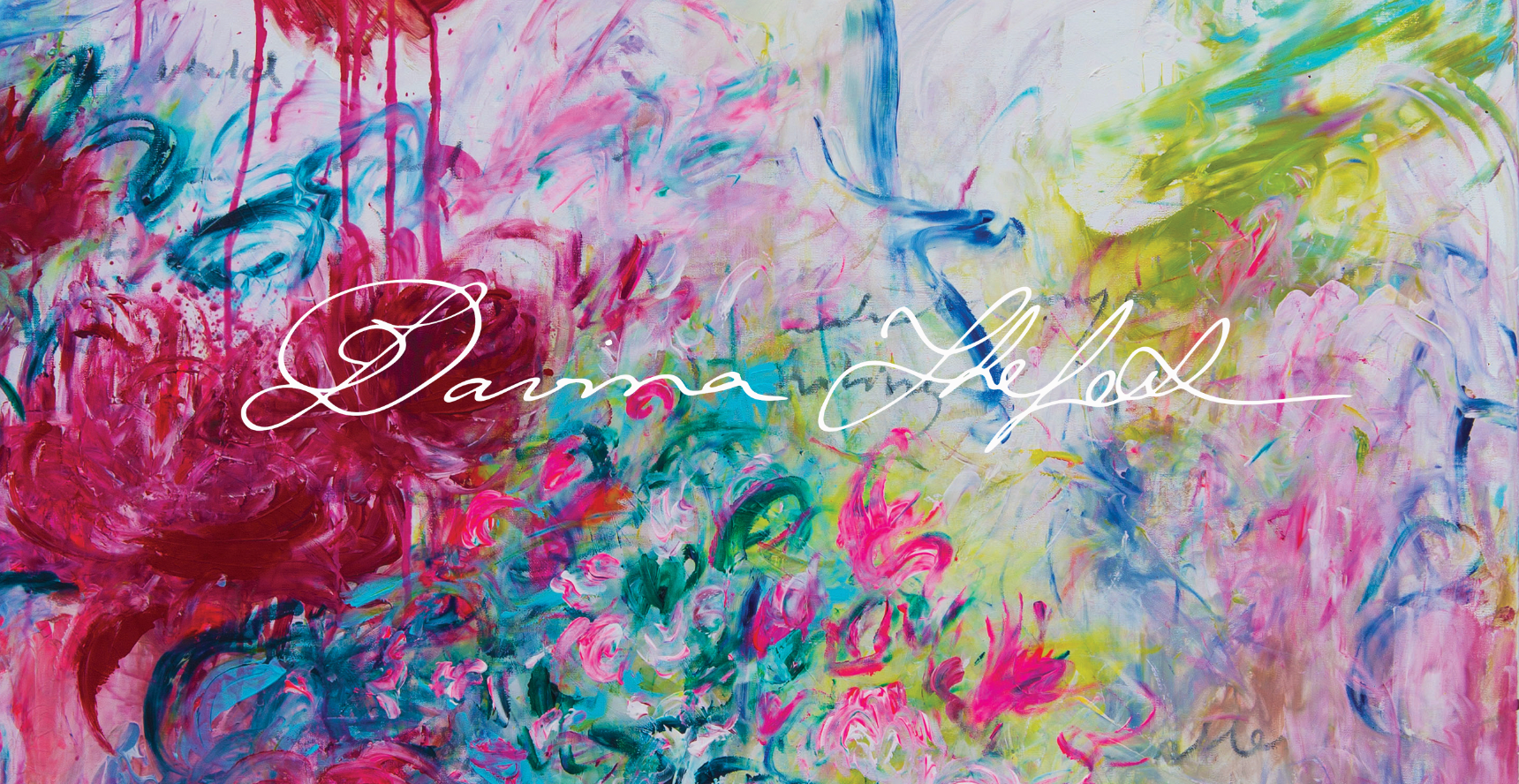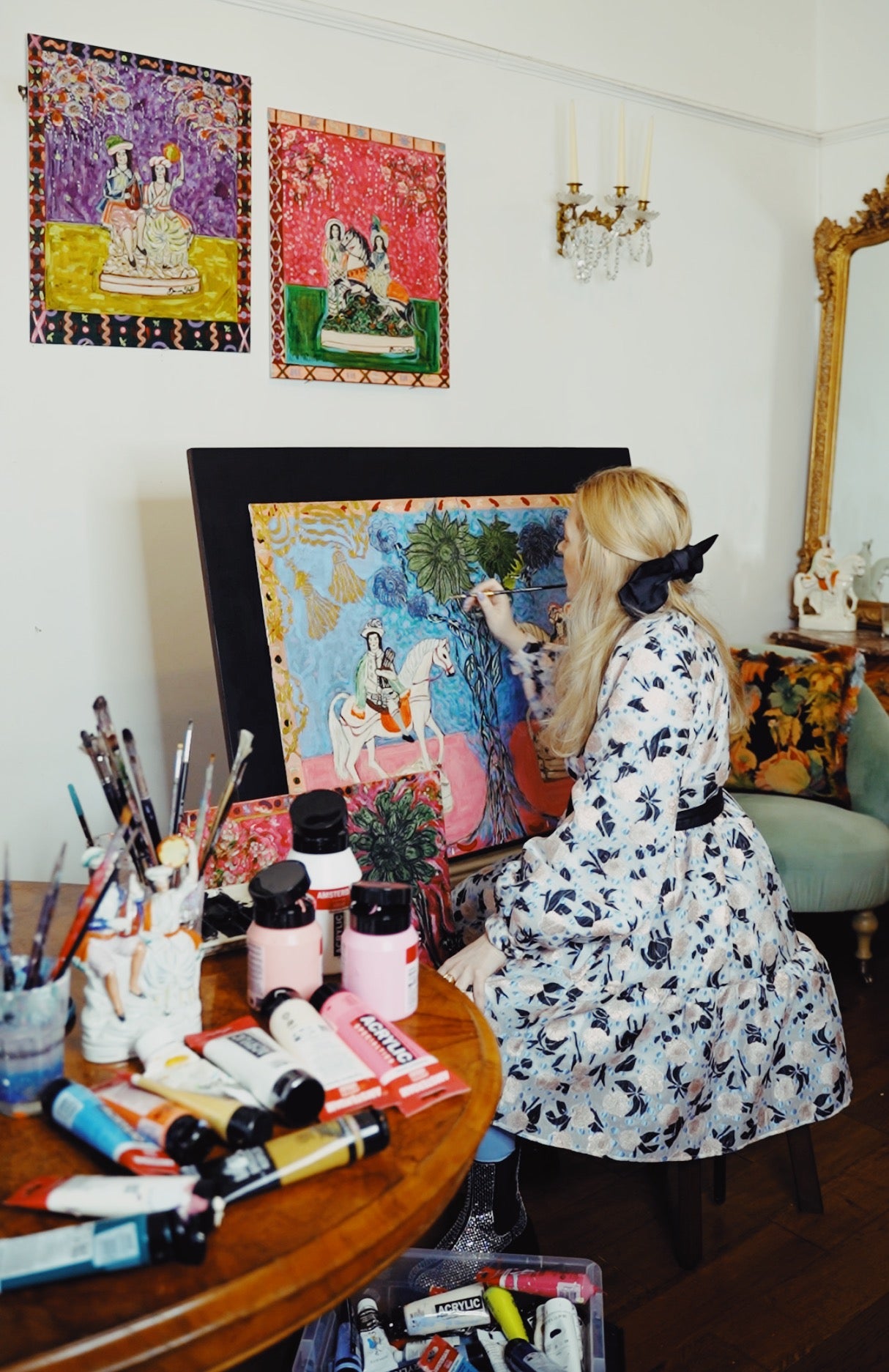
Art Prints
-
Signed Open Edition Print - The Plant Ensemble
Regular price From €35,00 EURRegular priceUnit price / per -
Signed Open Edition Print - The Artist's Home, Glasses
Regular price From €35,00 EURRegular priceUnit price / per -
Signed Open Edition Print - The Artist's Home, Cat Book-end
Regular price From €35,00 EURRegular priceUnit price / per -
Signed Open Edition Print - The Artist
Regular price From €35,00 EURRegular priceUnit price / per -
Signed Open Edition Print - Mozart as a Child
Regular price From €35,00 EURRegular priceUnit price / per -
Signed Open Edition Print - Baudelaire as a Child
Regular price From €35,00 EURRegular priceUnit price / per -
Signed Open Edition Print - The Tinderbox, Mops
Regular price From €35,00 EURRegular priceUnit price / per -
Signed Open Edition Print - Mountains in the Snow
Regular price From €35,00 EURRegular priceUnit price / per -
Signed Open Edition Print - Forest in the Snow
Regular price From €35,00 EURRegular priceUnit price / per -
Signed Open Edition Print - Flowers and Poetry II
Regular price From €35,00 EURRegular priceUnit price / per -
Signed Open Edition Print - Flowers and Poetry I
Regular price From €35,00 EURRegular priceUnit price / per -
Signed Open Edition Print - The Nightingale From H.C Andersen
Regular price From €35,00 EURRegular priceUnit price / per

The Ritual of Colour
Davina Shefet’s paintings weave together figuration and abstraction, drawing on personal memory and collective archetype. Nearly all of her female figures are self-portraits, yet they transcend autobiography to inhabit a wider symbolic field — echoes of myth, fragments of a shared feminine unconscious. Her work invents its own archetypes, part dream, part folklore, where intimacy and ritual meet.
Animals recur as central motifs: dogs, monkeys, or birds appear not as anecdotal companions, but as symbolic witnesses. They belong to a long lineage in art, from domestic portraiture to sacred iconography, carrying emotional, decorative, and spiritual charge. In Shefet’s work, they hold the ambiguity of the animal in folk tradition — at once familiar and otherworldly.
Her practice is deeply informed by craft and folk traditions, yet resonates with the lessons of twentieth-century painting. Surfaces are built through layers of gesture — applied, erased, and redrawn — creating a ground that vibrates with presence. Color is not descriptive but elemental: it carries resonance, echo, and a sacred charge.
Shefet's paintings oscillate between fragility and exuberance, melancholy and play, intimacy and spectacle. They open like stages where figures and symbols hover between recognition and dissolution, never fixed, always in motion. Color carries the weight of this tension: vibrating across the surface, it echoes like a refrain, charged with both beauty and unease. What emerges is not resolution but experience — a space where archetype, memory, and sensation remain alive, unstable, and radiant.




























